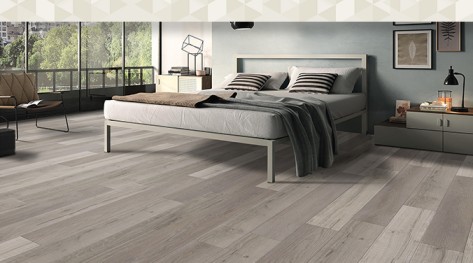


In this guide, we’ll dive deep into the best subfloors for installing hardwood flooring,
Hardwood flooring is an investment in beauty, longevity, and value. But what lies beneath your stunning oak or walnut planks is just as important as the floor you walk on every day. Choosing the right subfloor is crucial for ensuring your hardwood flooring stays strong, stable, and beautiful for decades.
In this guide, we’ll dive deep into the best subfloors for installing hardwood flooring, their advantages, potential drawbacks, and expert tips to get the most out of your flooring project.
A subfloor is the structural layer beneath your flooring surface. It provides a stable foundation and supports the floor covering above it.
A properly installed and appropriate subfloor helps:
Let’s explore the top options recommended by flooring professionals.
Plywood is the gold standard for hardwood or wooden flooring installations. It is durable, dimensionally stable, and relatively affordable.
Why It’s a Great Choice:
Ideal For:
Recommended Specs:
Pro Tip:
Always check for any “deflection” (bounce) in your plywood subfloor. Excessive movement can cause gaps or squeaks over time.
Important Consideration:
OSB is more sensitive to moisture compared to plywood. Prolonged exposure to water can cause swelling and delamination. Always use a vapor retarder when installing hardwood over OSB.
Concrete subfloors are common, especially in condos, basements, and newer construction homes.
Can You Install Hardwood Over Concrete?
Yes—but it requires proper preparation and specialized techniques.
Why Concrete Can Work:
However, You Must:
Ideal For:
Believe it or not, you can install new hardwood over existing wood flooring or an older subfloor if it’s still structurally sound.
When This Works:
Installation Methods:
Pro Tip:
Always verify floor height to ensure doors, moldings, and transitions aren’t negatively affected.
Regardless of your chosen subfloor, keep these important points in mind:
Hardwood is highly sensitive to moisture changes. Always:
Subfloors must be flat within 3/16 inch over a 10-foot span. High spots can cause bouncing; low spots can lead to hollow sounds or damage.
Solution:
Hardwood should be acclimated to the installation environment before it’s laid. This minimizes post-installation movement like gapping or warping.
General rule: Let the hardwood sit in the room for at least 5-7 days prior to installation.
The beauty and performance of your hardwood flooring start from the ground up.
Choosing a strong, stable, and properly prepared subfloor—whether it’s high-quality plywood, OSB, concrete (with precautions), or even a solid existing floor—makes all the difference.
Remember: no matter how premium your hardwood selection is, it can only perform at its best with the right foundation beneath it.
